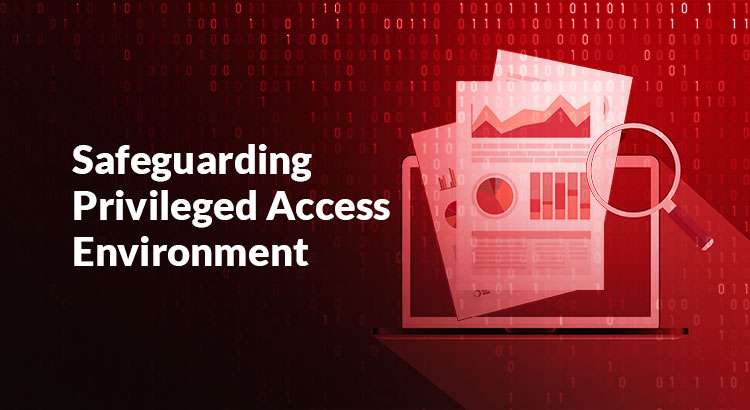The Context
A robust privileged session reporting engine is at the cornerstone of secure privileged access management frameworks. Organizations require reporting tools to ensure regulatory compliance, audit readiness, and regular IT security assessments in a privileged access environment.
The demand for frequent and random analysis of privileged sessions is increasing day by day due to the rapid expansion of privileged access environments. A reporting tool fulfills the requirement of comprehensive vigilance of hundreds of privileged users and their activities in a vast critical privileged access environment.
However, in the recent past, IT security experts have expected the reporting mechanism to go beyond just the identification and detection of end-user anomalies.
The analytical user data received from the reports is expected to be more fine-grained in nature and should allow the IT risk management team to do risk predictive analysis. While doing the IT security assessments from the automated reports, the data needs to give an analytical overview of the user’s behaviour, his or her tendencies, and the risks involved (if any). In addition, IT risk management teams expect deeper analysis from the logged data to understand the work/privileged session patterns.
To address these contextual use-cases in an enterprise setup, ARCON emphasizes the importance of deploying three advanced analytics tools. These tools, once leveraged with privileged access management, will significantly improve the privileged access threat landscape.
Let’s drill down deeper
While generating reports of the privileged sessions, whether automated or customized, organizations emphasize maximum on the IT threat predictive parameters. ARCON Knight Analytics is a highly effective tool.
I] Knight Analytics
This is an AI-based behaviour analytics tool that uses deep-learning threat detection techniques to assess the level of IT risks. Based on the historic data of the users, the IT risk management team can detect and predict anomalies in the logged data. It assesses the threat percentage from six different graphs and displays the anomalies of the logged data by using machine learning algorithms.
- User analytics
- Service Analytics
- User Group Analytics
- Service Group Analytics
- Group-wise User Analytics
- Group-wise Service Analytics
II] Spection
The regular process of generating reports encompasses a wide range of subjective requirements. Quite often, this becomes a challenging task to accommodate all the requirements in a single report, or rather in a single pattern/ type of report. For instance, the requirement of a graphical report is not possible to fulfill with a pie-chart or bar-chart pattern statistical report.
To address the challenge, Spection offers the flexibility to choose a report and view it as per individual requirement pattern. The admins can select required user entities, the features of working model, and elements of the user tasks, etc. and then filter it date-wise to generate a dynamic and customized report. To offer the flexibility of the report patterns a step ahead, spection helps to display it in both statistical and graphical ways.
III] Smart Session Monitoring (SSM)
This advanced session monitoring module helps IT risk management teams with fast-track reviews of the user activities. It seamlessly monitors activities performed on the server specially Windows RDP and connector servers. SSM continuously keeps a track on the user activities, mouse-clicks, optical character recognition, and the keystrokes. The IT admins can search for these activity logs with specific keywords and thereby navigate through the exact requirements.
Just to add to the above, ARCON also helps to build the foundation of zero trust network architecture that allows every user to access whatever they want to but their every log is monitored and assessed. The advanced reporting tools, in fact, help the organizations to assess the level of trustworthiness they should nurture for every individual user. And if it’s a privileged access environment, then it is highly imperative to reinforce these reporting tools.
Conclusion
Safeguarding privileged access environments is no more restricted to just meeting stringent compliance policies and staying audit ready. Today, organizations demand advanced reporting tools that can produce detailed analytical reports of the privileged tasks and predict IT threats seamlessly based on the user data.

